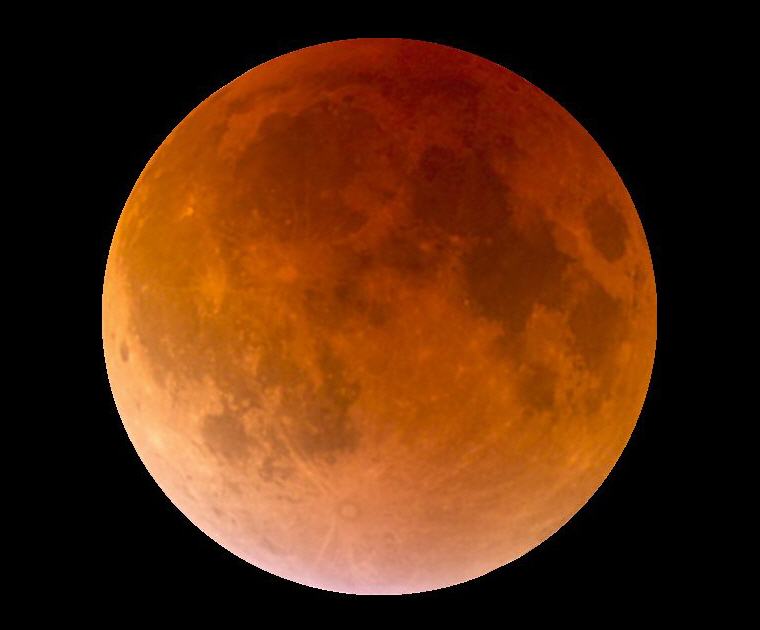

Its peak, called totality, can last for up to an hour and 47 minutes, while the full eclipse can last about six hours from start to finish as the moon slips behind Earth and then emerges on the other side.ĭuring totality, the lunar orb changes color and becomes yellow, ruddy orange, or even a deep crimson, which is why a total lunar eclipse is sometimes called a blood moon. When the moon is completely swallowed up by the darkest part of the planet's shadow, we see a total lunar eclipse. Lunar eclipses happen when the moon moves behind Earth, from the sun's perspective.
Lunar eclipse how to#
This cosmic phenomenon has delighted or terrified humanity throughout recorded history, and astronomers have learned how to track celestial motions to predict when a lunar eclipse will occur years to centuries in advance. This is what's known as a total lunar eclipse, when the moon, the sun, and Earth line up in just the right way for the moon to be engulfed in Earth's shadow. Darkness slips across the lunar face, and for a while, the entire moon may be colored a deep blood red. Every so often, the silvery orb of the full moon undergoes a dramatic transformation.


 0 kommentar(er)
0 kommentar(er)
